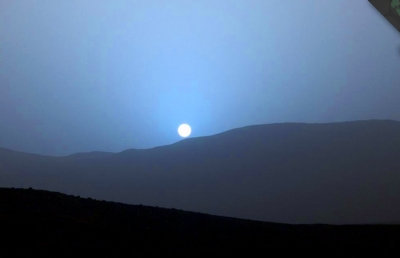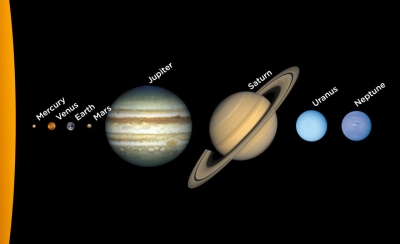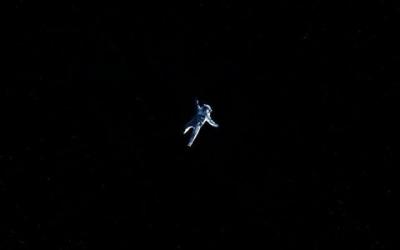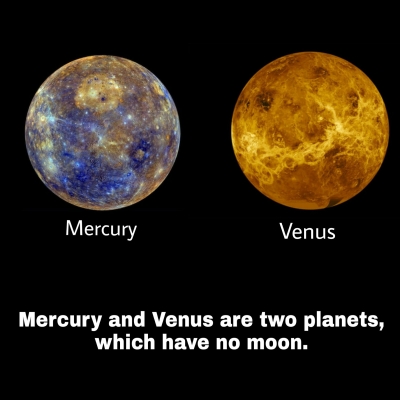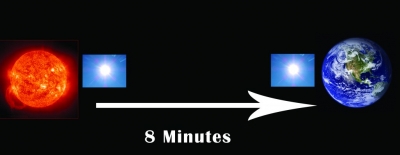
The short answer is that it takes sunlight an average of 8 minutes and 20 seconds to travel from the Sun to the Earth.
If the Sun suddenly disappeared from the Universe (not that this could actually happen, don’t panic), it would take a little more than 8 minutes before you realized it was time to put on a sweater.
Here’s the math. We orbit the Sun at a distance of about 150 million km. Light moves at 300,000 kilometers/second. Divide these and you get 500 seconds, or 8 minutes and 20 seconds.
You probably know that photons are created by fusion reactions inside the Sun’s core. They start off as gamma radiation and then are emitted and absorbed countless times in the Sun’s radiative zone, wandering around inside the massive star before they finally reach the surface.
What you probably don’t know, is that these photons striking your eyeballs were ACTUALLY created tens of thousands of years ago and it took that long for them to be emitted by the sun.
Once they escaped the surface, it was only a short 8 minutes for those photons to cross the vast distance from the Sun to the Earth.
Picture Credit : Google

